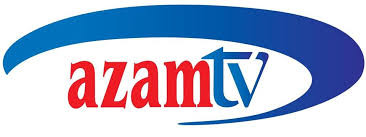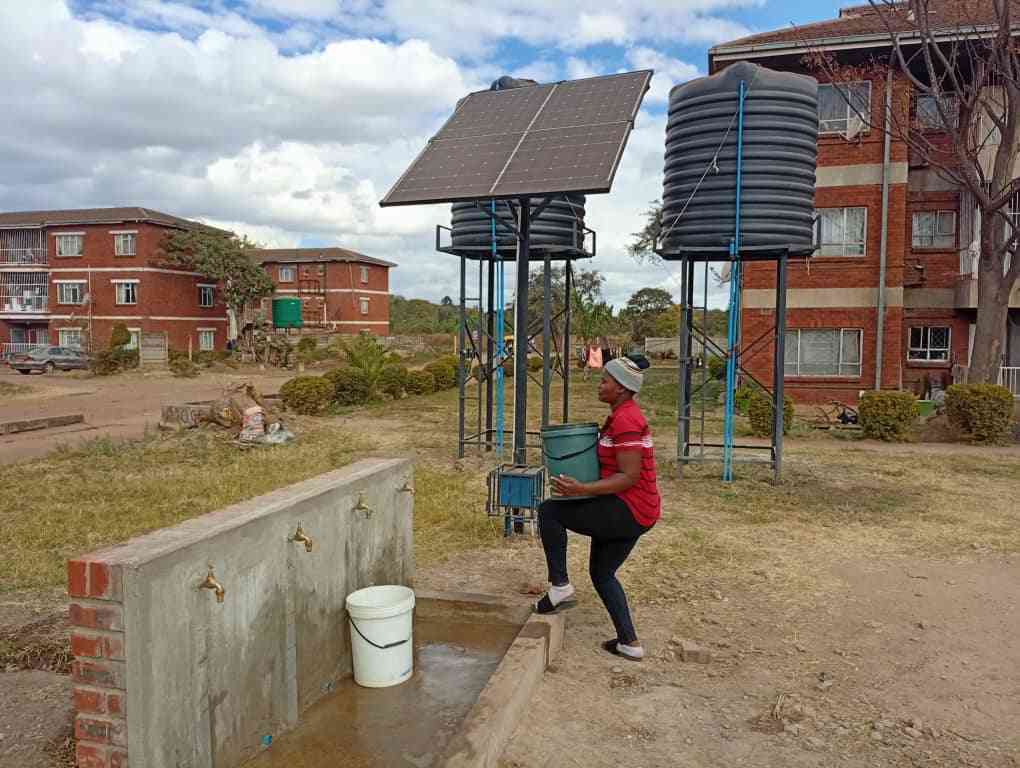
Contributors to the national pension scheme will find that the National Social Security Authority (NSSA) pension scheme contribution deducted from their June salary has gone up, in line with the increase in contributions announced in May.
If the contribution deducted from your salary has not gone up, then it means your employer has forgotten or failed to notice the announcement that the contribution rate and the maximum insurable earnings limit were going up with effect from June.
The new combined employee/employer contribution rate is 7% of insurable earnings, meaning that 3,5% of an employee’s insurable earnings should be deducted from the employee’s wage and 3,5% of the employee’s insurable earnings must be paid by the employer.
Previously, the contribution rate was 6%, 3% of which was paid by the employee and 3% by the employer.
An increase of 0,5% will not make a great difference to the contribution of those earning $200 per month and below. It will make a bigger difference to those earning between $200 and $700.
This is because the monthly maximum insurable earnings limit has been raised from $200 to $700.
Those earning more than $200 will pay between just over $7 and $24,50, depending on how much they earn.
Previously, while those earning below $200 paid a contribution of 3% of their basic earnings, everyone earning above $200 paid a contribution of three percent of $200, which was only $6.
- Chamisa under fire over US$120K donation
- Mavhunga puts DeMbare into Chibuku quarterfinals
- Pension funds bet on Cabora Bassa oilfields
- Councils defy govt fire tender directive
Keep Reading
Now everyone in formal employment, other than domestic work, earning up to $700 a month pays a contribution of 3,5% of their basic earnings.
Those earning above $700, however, only pay 3,5% of $700.
Insurable earnings are the earnings on which an employee’s contribution is based.
They are also the earnings on which a person’s pension is based on retirement.
The longer the contribution period, the higher is the percentage of insurable earnings that a person’s pension will be on retirement.
The insurable earnings used for calculating a person’s pension is the person’s insurable earnings on retirement.
What this means is that those in future earning up to $700 per month, who, when they retire, were paying a NSSA pension contribution of 3,5% of their basic earnings, will receive a retirement pension that is equivalent to a percentage of their basic earnings.
What that percentage is will depend on how many months they have contributed to the pension scheme for.
Those earning between $200 and $700 per month who retired when their insurable earnings were only $200 received a pension that was a percentage of $200, since their insurable earnings were only $200.
Again, the percentage depended on how long their contribution period was.
Only those who have contributed to the scheme for a minimum of 120 months when they retire, generally at an age of between 60 and 65, are eligible for a retirement pension.
Those who have contributed for less receive a single lump sum grant, the size of which also depends on their contribution period and insurable earnings at retirement.
Those earning more than $700 will, when they retire, receive the same pension as a person who has contributed for the same period of time who is earning $700, for as long as $700 remains the maximum insurable earnings limit.
The maximum insurable earnings limit is subject to periodic review.
Those who are still young can expect, therefore, that the maximum insurable earnings limit will have been reviewed further by the time they retire.
However, for those earning more than $700 whose retirement is not far away the likelihood is that they will retire paying a national pension fund contribution of 3,5% of $700, which means their pension will be equivalent to a percentage of $700 rather than a percentage of their basic income.
That explains why, commenting on the increase in contributions and benefits, Zimbabwe Congress of Trade Unions (ZCTU) secretary-general Japhet Moyo was quoted in the Press as saying the ZCTU was unhappy that there was still a cap on insurable earnings.
He said the ZCTU wanted employees’ contribution to the pension scheme to be based on their salaries, so that their lifestyle would not change much on retirement. It had wanted the cap on insurable earnings to be completely removed.
Following the increase in contributions, the minimum retirement pension is being increased with effect from August from $40 per month to $60, with the minimum survivor’s pension and minimum invalidity pension going up from $20 to $30.
These minimum pensions are paid to those whose pension, when calculated on the basis of insurable earnings and contribution period, would come to less than these amounts.
It includes existing pensioners whose pension is less than these amounts.
Contributors, other than those in employment categories considered arduous, become eligible for their retirement benefit when they retire at age 60 or above or when they reach age 65, regardless of whether or not they have retired or are still in employment.
Those in arduous employment, such as agricultural work, heavy truck driving, quarrying and some mining and forestry jobs, who have attained the age of 55 and are unemployed qualify for early retirement benefit, provided they were employed in these arduous occupations for at least seven of the 10 years prior to their turning 55.
Talking Social Security is published weekly by the National Social Security Authority as a public service. There is also a weekly radio programme, PaMhepo neNssa/Emoyeni le NSSA, discussing social security issues at 6.50 pm every Thursday on Radio Zimbabwe and every Friday on National FM. There is another social security programme on Star FM on Wednesdays between 5.50 pm and 6 pm. Readers can e mail issues they would like dealt with in this column to mail@mhpr.co.zw or text them to 0772 307913. Those with individual queries should contact their local NSSA office or telephone NSSA on (04) 706517-8 or 706523 5.











